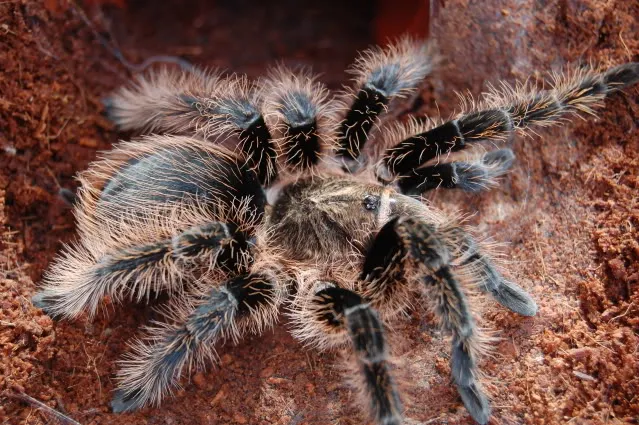Understanding Your Curly Hair Tarantula
The Curly Hair Tarantula (Tliltocatl albopilosus), a captivating and relatively docile species, is a favorite among beginner tarantula keepers. Native to the tropical regions of Central America, these spiders are known for their endearing personalities and distinctive, curly hairs that give them their name. Before bringing one of these fascinating creatures home, it’s essential to understand their needs and ensure you can provide a suitable environment for their health and happiness. This guide provides crucial insights into the five most important aspects of Curly Hair Tarantula care, ensuring a thriving and enjoyable experience for both you and your pet. From setting up their habitat to understanding their dietary needs and recognizing signs of stress, each tip is designed to help you become a successful and responsible tarantula owner. Proper care not only enhances their longevity but also allows you to appreciate the unique behaviors and beauty of these amazing arachnids. Let’s dive into the essential tips to keep your Curly Hair Tarantula happy and healthy!
Habitat Setup
Creating the right habitat is the cornerstone of your Curly Hair Tarantula’s well-being. A properly designed enclosure mimics their natural environment and provides a comfortable space where they can thrive. This involves careful consideration of the enclosure’s size, type, substrate, temperature, and humidity. Each element plays a vital role in maintaining their health and encouraging natural behaviors. Incorrect setup can lead to stress, poor health, and a shorter lifespan. Investing time in setting up the ideal living space is an investment in your tarantula’s overall welfare, ensuring they remain active, healthy, and a joy to observe.
Enclosure Size and Type
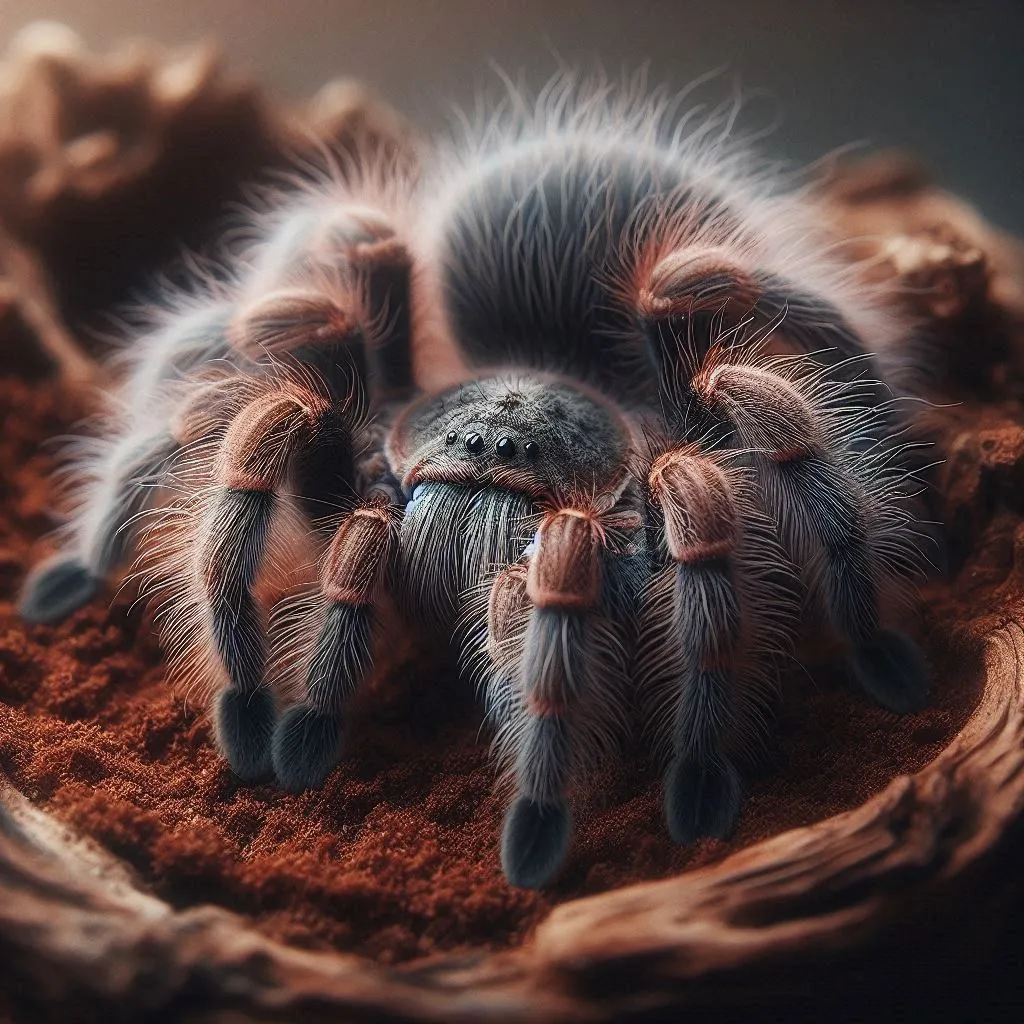
The size and type of enclosure are critical. A good starting point is a 5-10 gallon terrarium for juveniles, with larger sizes needed as they grow. The enclosure should be escape-proof, with a secure lid. Glass or acrylic terrariums are ideal because they offer good visibility and are easy to clean. Ensure adequate ventilation to prevent the buildup of mold and maintain air quality. The height of the enclosure isn’t as important as the floor space for terrestrial species like the Curly Hair Tarantula, as they are not arboreal and prefer to stay on the ground. Avoid enclosures that are too large for juveniles, as this can make them feel insecure.
Substrate Selection
The substrate provides a comfortable environment for your tarantula to burrow and hide. A mix of coconut fiber (coir), peat moss, and a bit of vermiculite works perfectly. This blend retains humidity well, which is crucial for the Curly Hair Tarantula’s health. Avoid using substrates like cedar or pine shavings, as these can be toxic to tarantulas. The substrate should be deep enough – typically 3-6 inches – to allow for burrowing. Regular spot cleaning to remove waste and uneaten prey will help keep the enclosure clean and minimize odor. A clean substrate environment reduces the risk of bacterial or fungal infections, providing a safer habitat for your pet.
Temperature and Humidity
Curly Hair Tarantulas thrive in temperatures between 75-85°F (24-29°C). Maintaining a consistent temperature is crucial for their metabolism and overall health. You can use a heat mat placed on the side of the enclosure, not directly underneath, to prevent overheating. Humidity levels should be maintained between 65-75%. Use a hygrometer to monitor humidity levels accurately. Achieving the right humidity involves lightly misting one side of the enclosure every few days, allowing the substrate to absorb the moisture. Avoid over-misting, as this can lead to mold growth. Proper temperature and humidity levels ensure that your tarantula remains active, healthy, and able to properly molt.
Feeding Your Curly Hair Tarantula
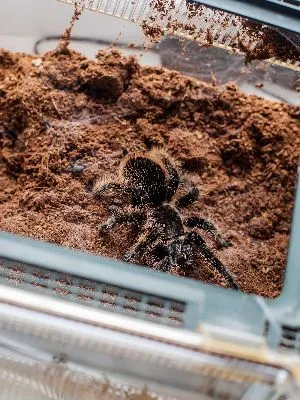
Nutrition is a fundamental aspect of tarantula care, directly impacting their growth, health, and longevity. A balanced diet ensures that your Curly Hair Tarantula receives the essential nutrients it needs to thrive. Understanding the types of food to provide, the frequency of feeding, and the proper techniques for offering food will contribute to a happy, healthy pet. Regular feeding keeps them active and provides the necessary energy for molting and other vital processes. This is a key element of responsible pet ownership, helping you to enjoy a vibrant and well-nourished tarantula.
What to Feed
Curly Hair Tarantulas primarily feed on insects. Good options include crickets, mealworms, dubia roaches, and appropriately sized superworms. The size of the prey should match the size of the tarantula; juveniles should be fed smaller prey, and adults can handle larger insects. It’s important to gut-load the insects with nutritious food (like fresh vegetables and commercial insect food) before feeding them to your tarantula. This ensures your tarantula gets the maximum nutritional benefit. Avoid feeding wild-caught insects, as they may carry parasites or pesticides that can harm your pet. Variety in diet is good; rotate different types of insects to provide a balanced diet.
Feeding Frequency
Feeding frequency depends on the tarantula’s age and growth stage. Spiderlings should be fed every 2-3 days, while juveniles can be fed 1-2 times per week. Adult tarantulas can be fed once every 1-2 weeks. Adjust feeding frequency based on their appetite and how quickly they consume their prey. If your tarantula refuses food, it could be a sign of an upcoming molt. Always remove uneaten prey within 24 hours to prevent stress and potential harm to your tarantula. Monitor your tarantula’s abdomen; a well-fed tarantula will have a plump abdomen, while a thin abdomen may indicate it needs more food.
Watering and Hydration
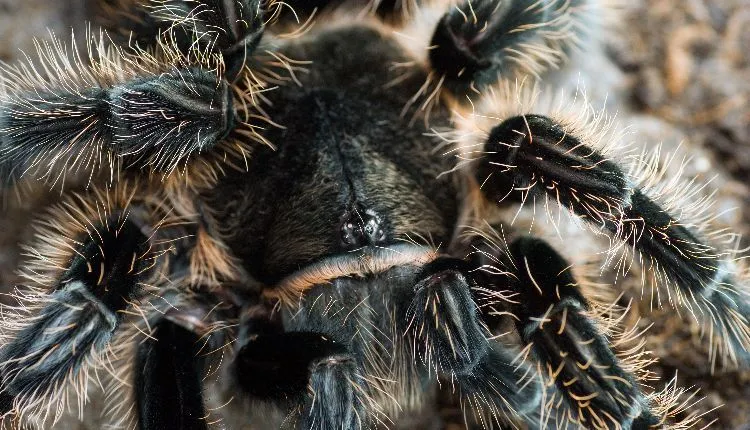
Providing fresh water is essential for your Curly Hair Tarantula’s hydration. Water is crucial for their molting process, digestion, and overall health. Dehydration can lead to serious health issues, so ensuring a constant supply of clean water is vital. Proper hydration also supports their ability to maintain a healthy metabolism and function effectively. This section will detail the methods for providing the right amount of hydration and maintaining humidity levels to support your tarantula’s needs, contributing to its well-being and longevity.
Providing Fresh Water
Always provide a shallow water dish filled with fresh, clean water. The dish should be small enough that the tarantula can’t drown, especially for smaller specimens. Change the water in the dish every 1-2 days to prevent bacterial growth and ensure it remains clean. Use a water dish that is stable and cannot be easily tipped over. Alternatively, you can provide water by lightly misting one side of the enclosure. This will create droplets for the tarantula to drink from, especially beneficial during molting. Check the water source regularly and refill as needed, ensuring your tarantula always has access to hydration.
Maintaining Humidity
While providing water is crucial, maintaining the correct humidity levels is equally important. Humidity helps your tarantula to molt successfully and stay hydrated. Monitor humidity levels using a hygrometer. Lightly misting one side of the enclosure every few days, depending on the readings, helps to maintain the ideal humidity range of 65-75%. Avoid over-misting, as excessive humidity can lead to mold and fungal growth, which can be harmful to your tarantula. Proper ventilation in the enclosure is essential to prevent the build-up of excessive moisture, while still maintaining sufficient humidity levels for your pet’s health. Regular monitoring and adjustment are key.
Handling and Interaction
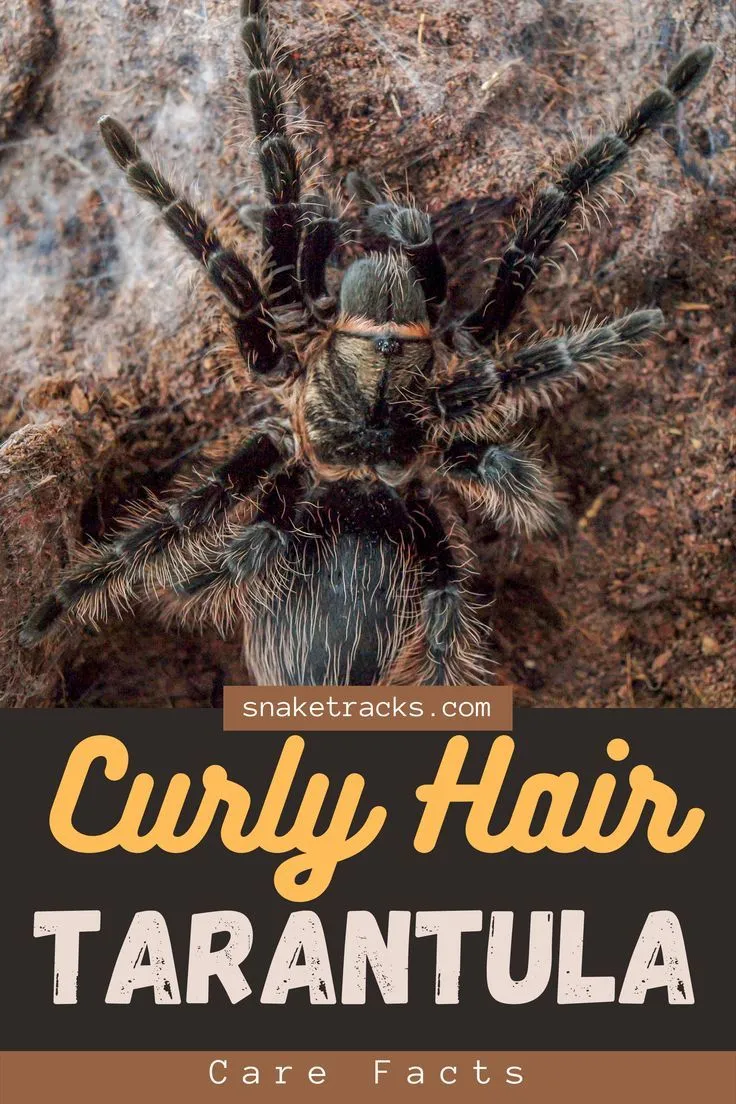
Understanding how to handle and interact with your Curly Hair Tarantula safely is important for both you and your pet. While Curly Hair Tarantulas are known for their relatively docile temperament, they should be handled with caution and respect. Handling should be minimized unless necessary, and proper techniques are essential to avoid injury to the tarantula or yourself. Learning to recognize the signs of stress is also crucial for your pet’s welfare. This section will cover safe handling practices and how to understand your tarantula’s behavior, contributing to a stress-free environment for your pet and a more fulfilling experience for you.
Safe Handling Practices
Handling your Curly Hair Tarantula should be kept to a minimum to avoid unnecessary stress. If handling is required (e.g., for enclosure cleaning or health checks), do so gently and carefully. Always handle your tarantula close to the ground, so it doesn’t fall a significant distance. Use a soft brush to gently guide the tarantula if it needs to be moved. Never squeeze or restrain the tarantula, as this can cause it to become defensive. Wash your hands thoroughly before and after handling to remove any potential irritants or contaminants and to protect your tarantula from harmful substances. Always be patient and respectful of your tarantula’s space and boundaries.
Recognizing Stress Signals
It’s important to understand how to recognize signs of stress in your Curly Hair Tarantula. A stressed tarantula might exhibit defensive behaviors, such as rearing up on its hind legs, flicking hairs (which can cause irritation), or trying to escape. Other signs include refusing food, staying in one spot for extended periods, or a change in the coloration of the abdomen. If you notice any of these behaviors, leave your tarantula alone and re-evaluate its environment. Make adjustments to temperature, humidity, or enclosure setup to reduce stress levels. A relaxed tarantula will explore its enclosure, readily accept food, and display normal behaviors.
Health and Hygiene
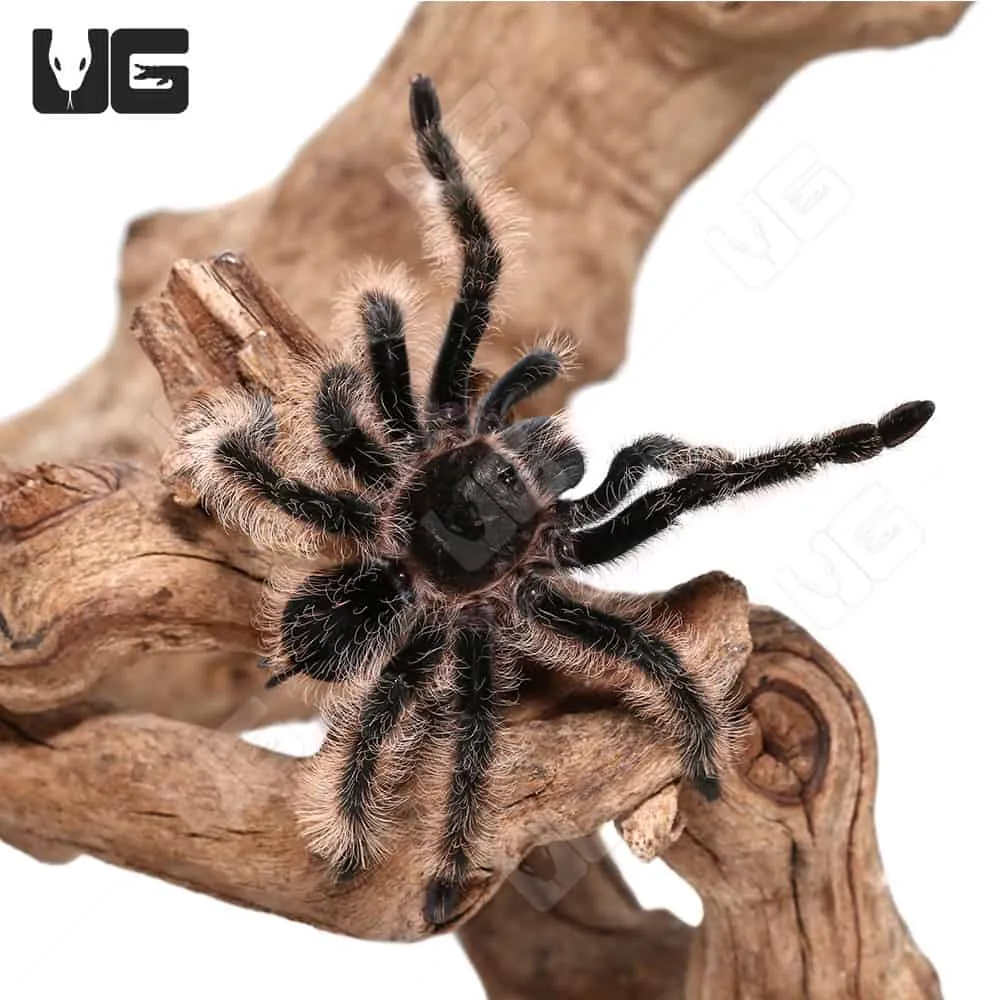
Maintaining the health and hygiene of your Curly Hair Tarantula is crucial for its longevity and well-being. Regular cleaning and preventative measures are key to preventing illness and creating a healthy environment for your pet. Being vigilant about potential health issues and taking prompt action when needed will ensure that your tarantula remains happy and healthy. This section will cover common health issues, as well as essential cleaning and maintenance practices.
Common Health Issues
While Curly Hair Tarantulas are relatively hardy, they can still experience health problems. Common issues include mites (tiny parasites), fungal infections, and injuries during molting. Mites can often be spotted as small, moving dots. Fungal infections typically result from excessively humid conditions or poor ventilation. Injuries can happen during molting if the tarantula has difficulty shedding its exoskeleton. Regular observation of your tarantula is important; any unusual behaviors or physical changes require careful attention. If you suspect a health issue, consult a veterinarian or experienced tarantula keeper for advice.
Cleaning and Maintenance
Regular cleaning and maintenance are necessary to keep your tarantula’s enclosure healthy and hygienic. Spot clean the enclosure weekly to remove any uneaten prey, waste, and old molts. Replace the substrate every 6-12 months, or sooner if it becomes soiled or contaminated. Clean the water dish and any decorative items in the enclosure during spot cleaning. Avoid using harsh chemicals or cleaners; simply use warm water and a mild, reptile-safe disinfectant. Maintaining a clean environment prevents the growth of harmful bacteria, mold, and mites, ensuring your tarantula’s health and safety. Regular maintenance is an investment in your pet’s health and well-being.
Conclusion
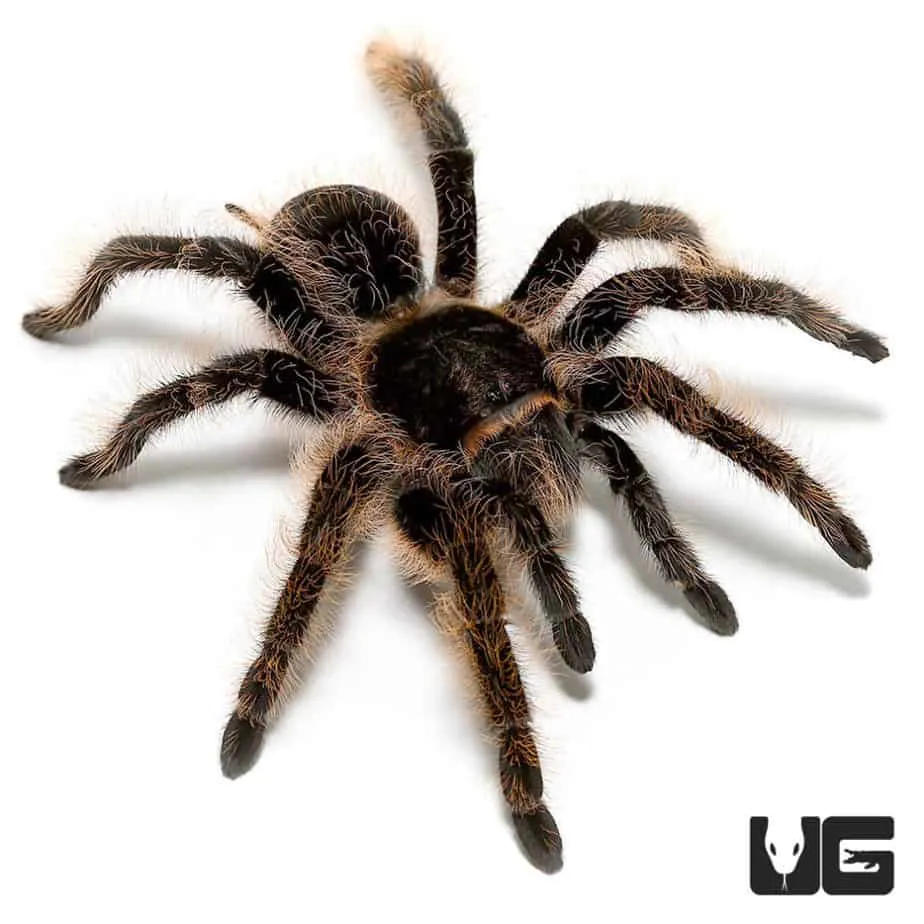
Caring for a Curly Hair Tarantula is a rewarding experience. By following the five essential tips—understanding their needs, setting up their habitat properly, providing a balanced diet, ensuring proper hydration, handling with care, and maintaining health and hygiene—you can create an environment where your tarantula thrives. Remember that each tarantula is unique, and observing your pet’s behavior and making adjustments accordingly is part of responsible pet ownership. With patience, dedication, and a willingness to learn, you can enjoy the fascinating world of these beautiful arachnids. Your commitment to their care will not only ensure their well-being but also deepen your appreciation for these remarkable creatures, making the experience of keeping a Curly Hair Tarantula an enriching and fulfilling one.
